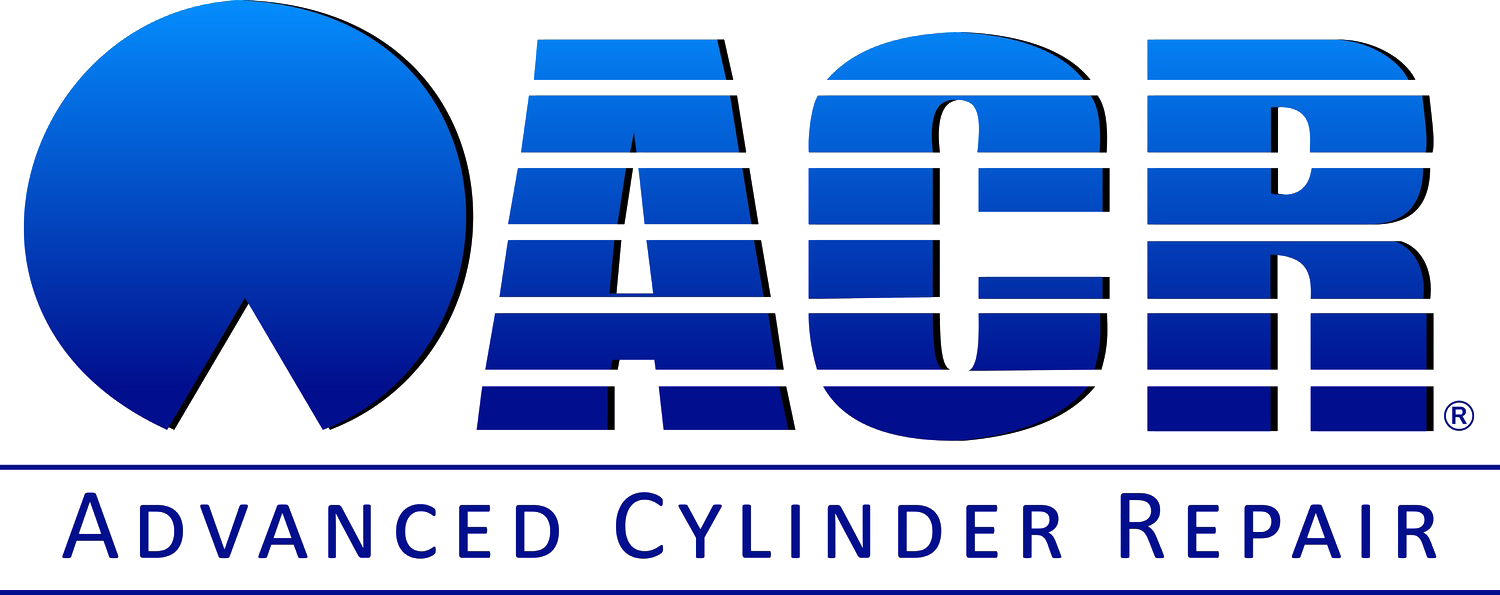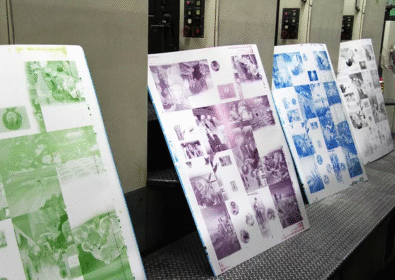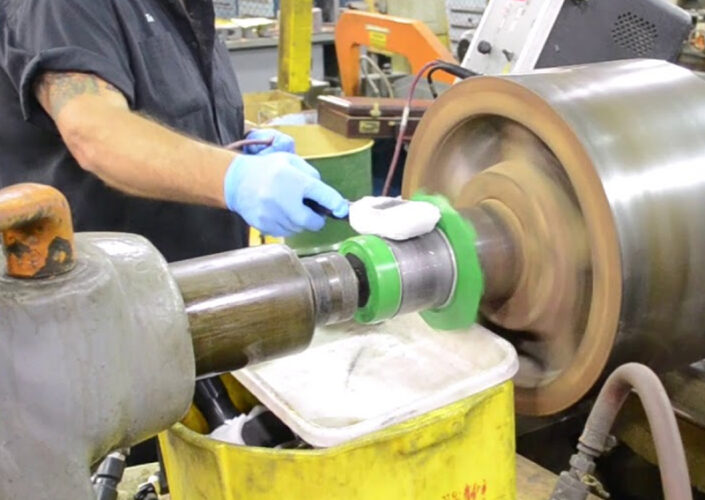Cylinder repair is more than patching up damage. With advancements in materials and methods, you can restore precision tolerances, improve longevity, and often outperform original conditions. Let’s dive into 3 advanced repair techniques and how they make a difference.
We thought repair meant rough patches — but the team used thermal spray and TIG welding to rebuild one cylinder section, then ground it to micro tolerances. It runs smoother now than new. Impressive engineering. Robert Jhon
Technique 1: Thermal Spray & Cold Spray Coating
- Metal powders are melted and sprayed onto worn surfaces to rebuild material
- Coatings can be tailored (nickel, tungsten, etc.) depending on wear profile
- After coating, fine grinding brings the surface back to nominal dimensions
Technique 2: Two-Wire Arc & TIG Welding
- Two-wire arc welding deposits material in controlled layers, ideal for deep repairs.
- TIG welding is used for finer surface work, especially near edges or tight tolerances.
- Both are followed by finish machining and balancing.
Technique 3: Electroplating & Pinning
- Electroplating adds a thin, uniform metal layer (chrome, nickel) with excellent wear resistance.
- Pinning involves inserting fill material into holes or imperfections before surface finishing.





